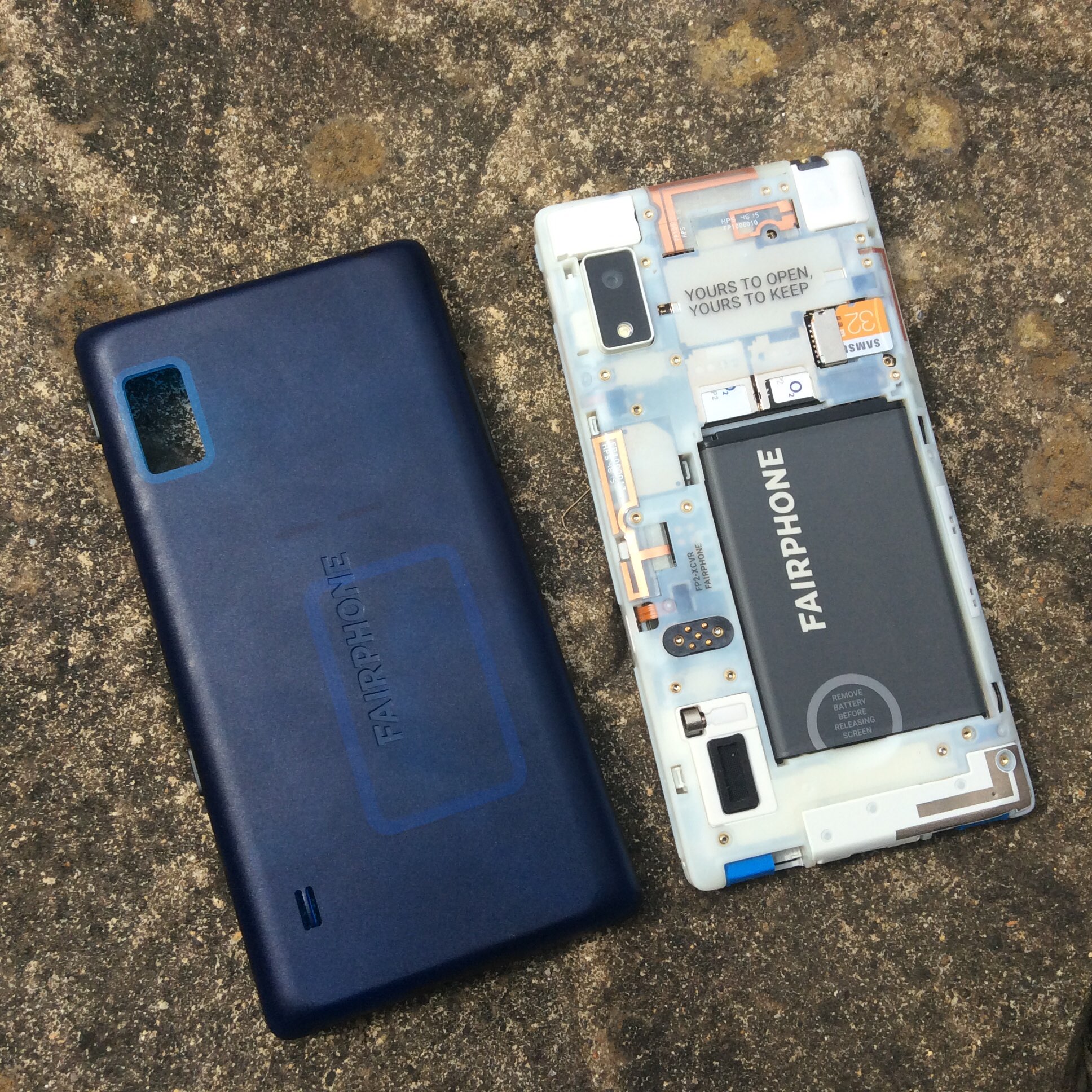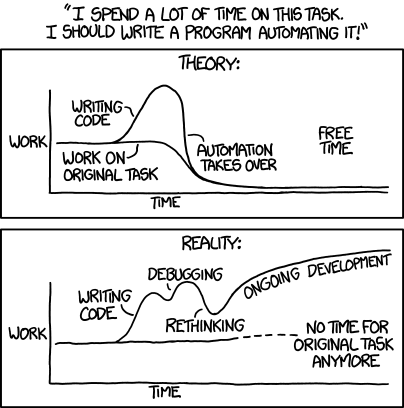Software Carpentry: SC Config; write once, compile anywhere
Nine years ago, when I first release Python to the world, I distributed it with a Makefile for BSD Unix. The most frequent questions and suggestions I received in response to these early distributions were about building it on different Unix platforms. Someone pointed me to autoconf, which allowed me to create a configure script that figured out platform idiosyncracies Unfortunately, autoconf is painful to use – its grouping, quoting and commenting conventions don’t match those of the target language, which makes scripts hard to write and even harder to debug. I hope that this competition comes up with a better solution — it would make porting Python to new platforms a lot easier!
— Guido van Rossum, Technical Director, Python Consortium (quote taken from SC Config page)Series: Software Carpentry Archaeology

